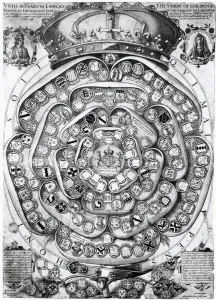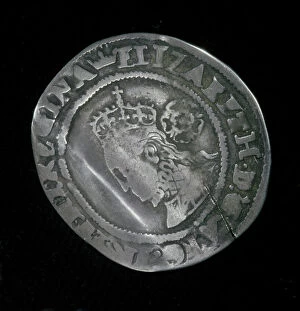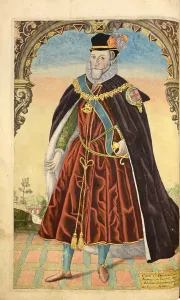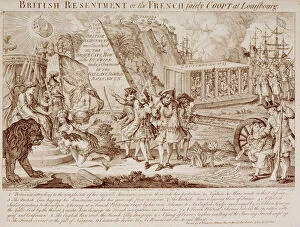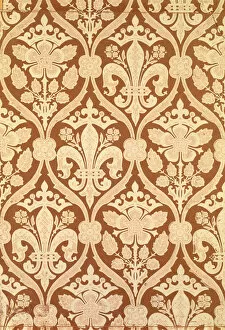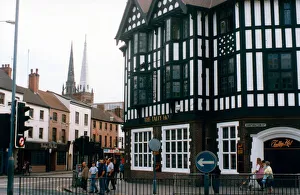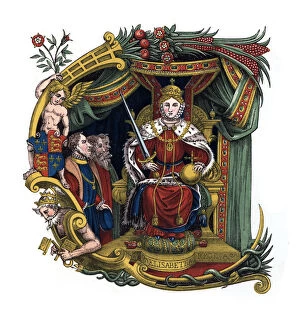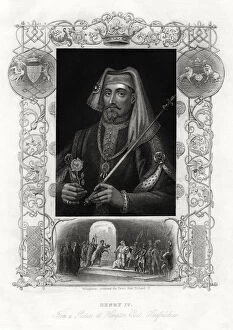Tudor Rose Collection
"The Tudor Rose: Symbolizing the Union of Lancaster and York" The Tudor Rose, also known as the Union of the Roses, represents a significant moment in British history
All Professionally Made to Order for Quick Shipping
"The Tudor Rose: Symbolizing the Union of Lancaster and York" The Tudor Rose, also known as the Union of the Roses, represents a significant moment in British history. This plate engraving from 1589 depicts the merging of two powerful families - Lancaster and York. Charles Howard, First Earl of Nottingham, is portrayed in this artwork from William Segar's "Honor Military and Civill. " As an influential figure during Queen Elizabeth I's reign, Howard played a crucial role in defending England against foreign threats. Published on September 25th, "British Resentment or, the French Fairly Coopt at Louisbourg" captures a moment of tension between Britain and France. The rose symbolizes British pride and resilience amidst international conflicts. A captivating photochrom from c. 1890-1900 showcases a Yeoman Of The Guard adorned with their iconic Tudor Rose badges. These royal bodyguards have protected monarchs for centuries and continue to do so today. The reverse side of Henry VIII's seal reveals his affinity for symbolism through its depiction of the Tudor Rose in gold. This emblem signifies Henry's authority as king while representing unity within his realm. Reproduction wallpaper designed by S features delicate Fleur-de-Lis motifs intertwined with elegant Tudor Roses. Such designs adorned noble residences during this period, adding regal splendor to interiors. An exquisite wallpaper design created for the House of Lords Library exemplifies how even official spaces embraced the beauty of nature-inspired patterns like those incorporating Tudor Roses. Sudburys Hutch is an architectural gem found within St James's Church in Louth, Lincolnshire. Its intricate carvings include depictions of roses that pay homage to England's rich heritage under the Tudors. Henry Shaw's artistic talent shines through an initial letter C dating back to 1563. This ornate illustration incorporates elements such as foliage and flowers including our beloved emblem, the Tudor Rose.

